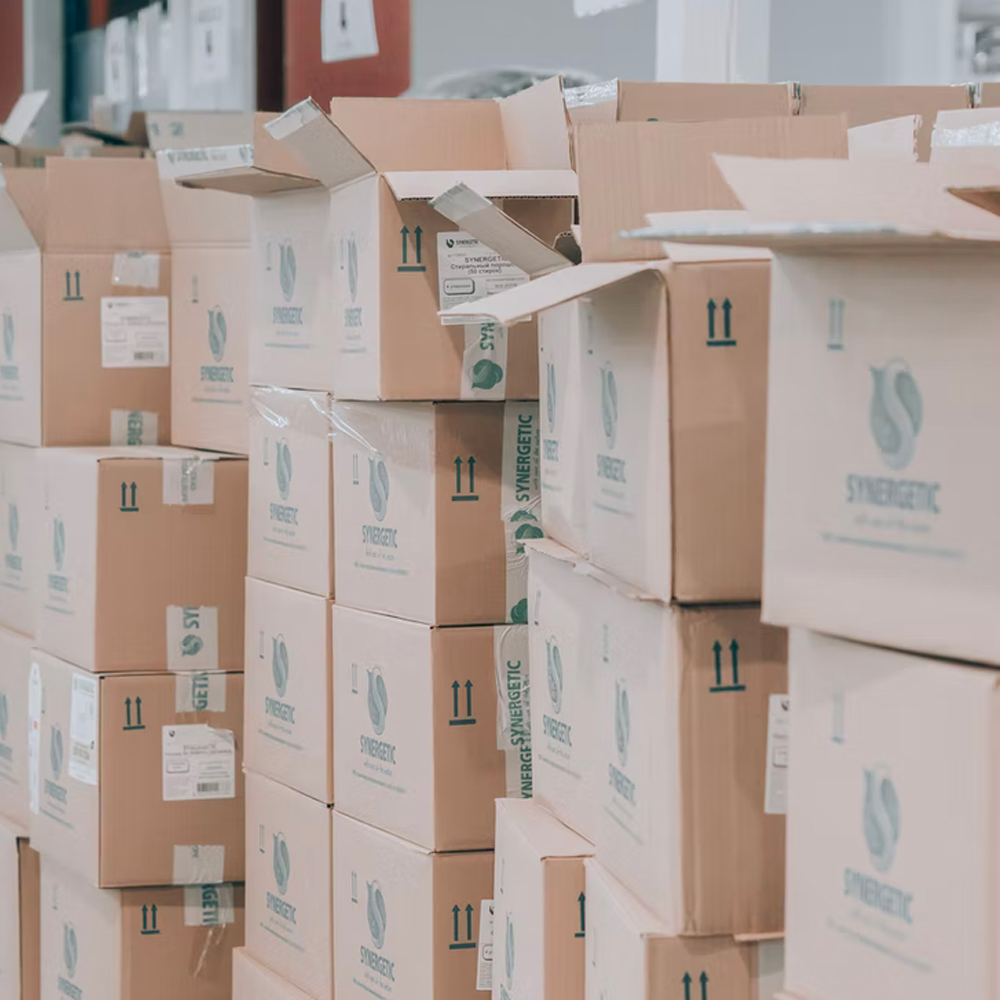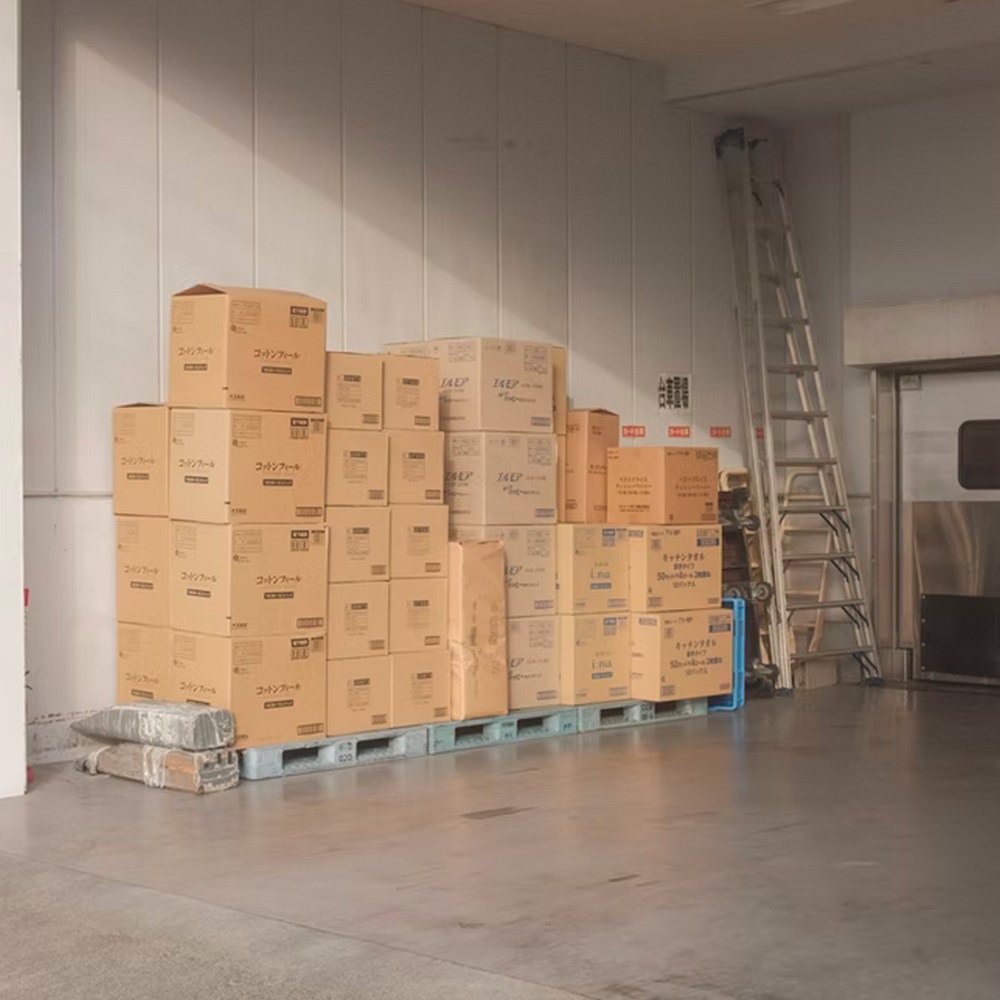Best Packaging Strategies for Returns
Posted by Julie Rotuno on 14th Jun 2022
The coronavirus pandemic has changed many aspects of our daily lives, but it has also introduced a few curve balls to the way we conduct business. Online shopping was already gaining traction before the initial COVID-19 outbreaks resulted in global mandates to shelter in place and practice social distancing. The year 2020 will always be remembered as a time when e-commerce really broke out; it did so out of sheer necessity, but shoppers eventually voted with their wallets and smartphones in order to make the internet their favorite retail shopping venue.
The rise of online shopping has opened a whole new world of possibilities, and some of these trends are truly unprecedented. A recent report by McKinsey estimates that over 50% of consumers who have already shopped online during the pandemic would have ordered again if they’d had the choice, and about 85% of consumers would buy online if they had another opportunity to do so. It’s clear that e-commerce has not only become an essential part of our daily lives, but it also gives us the ability to avoid crowded stores and lines even when the contagion rate is reduced to a safe level. It is estimated that 80% of Americans have shopped online at least once in their lives, and this is a statistic that is bound to continue growing over the next few years.
Now that e-commerce is on track to catching up with traditional brick-and-mortar shopping, we have to start thinking about smart ways to manage this vibrant business sector, and this includes handling the issue of returned items.
E-Commerce and the Reality of Returned Products
It is easy to see that physical stores have the upper hand with regard to returned items; after all, this is a business process that is deeply integrated with customer service, which in turn has become one of the most important aspects of the retail shopping experience. American brands tend to be pretty good in this regard. A large segment of shoppers in the United States are motivated to shop at stores where they feel they will not have a hard time returning or exchanging items if needed. This makes a lot of sense for various reasons, and one of the most obvious is that things can go wrong in the supply and distribution chain. Product exchanges are far more common than straightforward returns for value; they are more likely to occur when shopping at busy discount stores, and this is why retail executives are constantly thinking about ways to improve their returns process without taking major hits to their bottom lines.
The e-commerce returns process can be more painful compared to the brick-and-mortar world. In late 2020, online shopping giant Amazon figured out a clever way to handle the avalanche of returns expected right after the holiday season. By striking partnerships with brick-and-mortar locations around the U.S., Amazon probably saved millions of dollars, but this smart idea did not extend to all product or third-party sellers.
Let’s face it: No e-commerce business owner wants to deal with returns, but if you really think about it, this is just the cost of doing business. In theory, returns are more likely in the e-commerce space for the following reasons:
- Shoppers are not able to see, touch, and experience products in person.
- Misleading or incorrect product descriptions of e-commerce items are more common than you think.
- When e-commerce products are delivered, they face increased risk of sustaining damage along the way.
- Things can go wrong during the picking, packing, and shipping processes even if you rely on a trustworthy fulfillment partner.
For anyone who is just getting started with e-commerce, please remember that this sector is highly prone to returns. All business owners need to be ready to face this reality. While physical stores are used to getting extremely busy with returns right after the holiday season, e-commerce operators can expect to deal with this on a year-round basis.

Avoiding E-Commerce Returns
Before we get to discussing how packaging plays a role in the cumbersome e-commerce returns process, let’s review a few ways you can minimize them.
- Customer service: There are too many instances in which shoppers returned products because their questions went unanswered. Physical stores operators know this very well, and they train their returns department staff members accordingly. It is not unusual for some shoppers to initially believe their products do not work; when they are instructed at the returns desk that this is not the case, they will not feel as if they made a trip in vain.
- Accurate images and descriptions: Blurry photos and inaccurate product descriptions are surefire ways to see your return rate skyrocket. It is always a great idea to invest in high-quality photos and precise product descriptions.
- Explanatory email correspondence: It really pays to sit down with an e-commerce consultant for the purpose of crafting the right sequence of messages that customers get right after placing orders and before they are shipped. You want to highlight everything about the product and the order itself along with reminders for shoppers to contact you right away if something is wrong.
- Long return policies: When you give shoppers seven days to return items, they will feel as if they need to beat the clock. When you give them a couple of months to do so, they will likely forget about the whole thing. You can also get into the habit of packing a small gift or a promotional product along with the returned item.
Finally, don’t forget to implement a system to catch malicious shoppers who return items as part of charge-back, identity theft, and credit card fraud schemes.

The Magic of Return-Friendly Packaging
There’s a bit of a debate surrounding the issue of packaging materials that are conducive to product returns. Some e-commerce analysts believe that the use of return-friendly packaging encourages frivolous returns. Others feel that making things difficult for online shoppers to return products will only result in a dislike for the store; plus, there is also the potential of a disgruntled shopper with a large social media following who happens to post his or her disgust.
The best packaging strategy e-commerce operators can implement with regard to returns is to err on the side being friendly to shoppers. Everything starts with a ready-to-stick return shipping label, and it continues with friendly instructions about the process. You also want to use materials and containers conducive to shipping items back; this means boxes that feature pull-tabs, sturdy zip-lock bags, double-sealed pouches, padded envelopes, and others. You always want to select durable packaging materials that will not come apart when shoppers open them, and that will be able to withstand at least one more trip.
It definitely helps to guide e-commerce shoppers through the returns process with step-by-step guides; to this effect, a nice video with high production values can go a long way to earn customer trust and loyalty. Don’t forget to remind shoppers why the use of return-ready packaging is a sustainable practice. Make it a point for shoppers to know that the packaging they receive their products is not meant to be thrown away; it can be reused for shipping or storage even if a return does not take place.
Anything that can lessen or completely remove friction from the product return process will reflect positively on your e-commerce operation. This is something you can see when reading the customer reviews section of Amazon products; quite a few smart shoppers specifically look for reviews that describe situations in which a return was necessary. When a customer is happy to share a positive product return experience, such feedback is like gold for online sellers, particularly if the shopper also received good customer service over the phone, by email, or through website contact forms.
All in all, e-commerce business owners who neglect the issue of return-ready packaging have a lot more to lose than those who prepare for the inevitable. Many of the packaging solutions in our product catalog are suitable for returns, but not all of them will fit every situation. Please feel free to get in touch with us with questions about the packaging supplies you can use to improve your e-commerce product returns experience. We can also help you with packaging design so that your branding looks great when your products are in the hands of customers.



